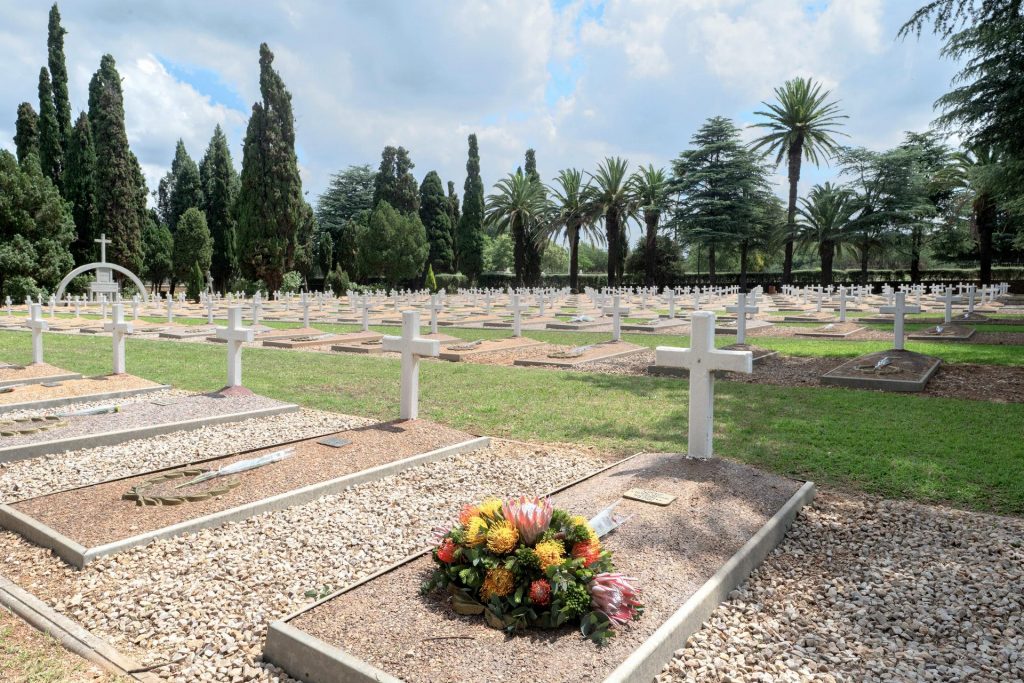HISTORY
Zonderwater – ‘waterless place’ in Afrikaans – was the largest Allied POW camp of the Second World War.
Following the entry into the war against the Allied Forces on 11 June 1940, the South African government, then part of the Commonwealth and headed by General Smuts, declared open hostilities against Rome and subsequent to the first Allied victories in Eastern Africa, Italian war prisoners began arriving in South Africa.
About 40 km north of Pretoria, on a vast arid plain – hence the epithet Zonderwater, ‘waterless place’ in Afrikaans – a prison camp was constructed, recognizable by the vast expanse of conical tents intended for prisoners. In a short time the number of prisoners increased inexorably: 54,000 in April 1942, 63,000 in 1943, reaching a total of 90,000.
In a short time Zonderwater became a real prison city where, thanks to the initiative of the prisoners themselves and the humanity shown by the camp commander, Colonel Prinsloo, it was possible to build hospitals, sports facilities, theatres, chapels and schools.
The Italian prisoners succeeded in preserving a high morale by dedicating themselves to cultural and sports activities, and manufacturing. The camp authorities recognized the skills of the prisoners and thanks, to the support of the Italian community of Pretoria and of Johannesburg, provided them with the means to improve the standard of their creations. The achievement of a high quality led to the organization both inside and outside the camp, of exhibitions of toys, carved objects, furniture and wrought iron. In addition, artistic production was encouraged and many prisoners proved themselves as excellent painters, sculptors, theatre actors and musicians. Soon Zonderwater, despite the bleak landscape of the war, became a lively place, bearing less resemblance to a prison camp.
In May 1945 the gradual repatriation of prisoners was commenced, which ended two years later with the dismantling of the camp. Thanks to the resourcefulness of the Italian prisoners and the comprehension of the South African authorities, the tragic experiences of war and captivity were translated into something constructive, giving birth to a new link between Italy and South Africa. Commencing in the 1950’s the same repatriated prisoners opened the way for a large influx of Italians to this country; within a few years some 20,000 former prisoners returned to South Africa, and an important part of the Italian community – about 40,000 – is still made up of descendants of that group of migrants.
Today, in the same area where once stood the prison camp, is present the Italian military cemetery Zonderwater, where there are buried the Italian military who died during imprisonment. Every year, on the Sunday following November 4th, National Day of Unity and of the Armed Forces, the Italian authorities and the Italian communities present in South Africa, pay tribute to the memory of our fellow citizens who, despite the hardship of war, the challenge of imprisonment and the great distance from home, were able to give life to an experience that achieved closeness between the Italian people and the South African people.






